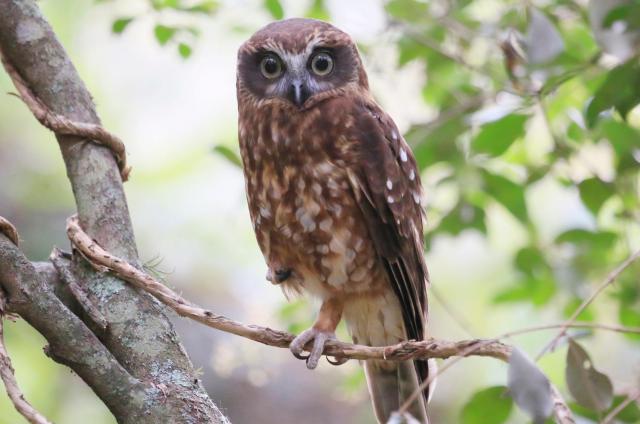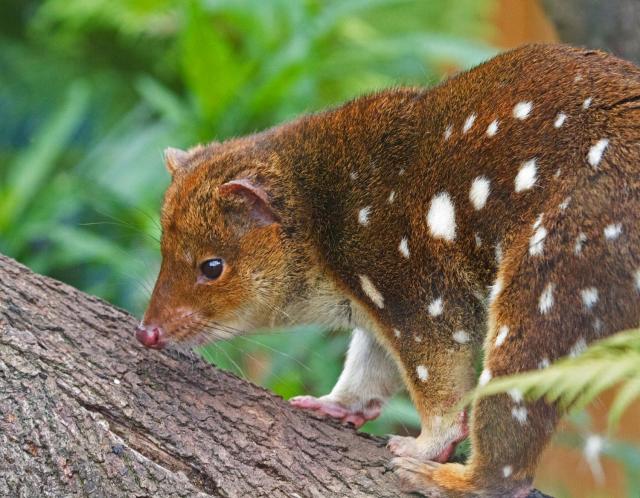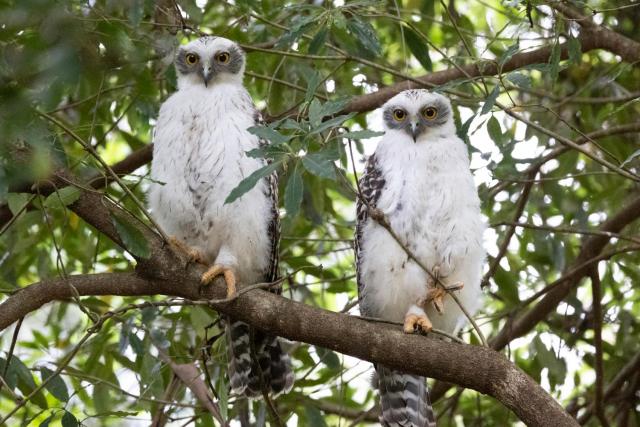Granite Belt Sustainable Action Network launched its Wildlife Friendly Granite Belt campaign on 19 April.
The Granite Belt is the last stronghold in Australia for the Spotted-tailed Quoll. Researcher Paul Revie of the Quoll Society of Australia says that “the Granite Belt is the only place we’ve found a healthy population of Spotted-tailed Quolls”.
“We want to make our local community proud of its role in supporting and improving habitat for Spotted-tailed Quolls. What’s good for quolls is great for our local eco-tourism businesses. The Granite Belt is known for its natural beauty and its wildlife, and the quoll is an iconic species that will add to the district’s reputation amongst nature-based visitors,” said GBSAN President, Rick Humphries.
The first stage in the Wildlife Friendly Granite Belt campaign focuses on reducing the use of rodenticides (pesticides that kill rodents), and encourages locals to choose other options that are less harmful to wildlife.
“Many ‘second-generation anticoagulant’ rodenticides or SGARs are attractive and lethal not only to rats and mice, but also to pets and wildlife such as quolls, owls, magpies and possums,” said Rick. “Our local hardware stores, Mitre 10 and CRT, are both supporting the campaign and you’ll see the Wildlife Friendly Granite Belt sticker in their windows.
“What you can do is look for the Wildlife Friendly Granite Belt sign which will be on the hardware shop shelves and which will tell you which products are safe for our wildlife, helping you make the right choice for our quolls. Or you can check out our website at gbsan.org.au/wfgb for more information.”
“In relation to pets, we see rat bait toxicity due to ingestion of SGARs relatively frequently, especially during the winter months,” said Dr Olivia Turner of Stanthorpe Vet Care Services. “This is a more common occurrence in dogs and rarely ever an occurrence in cats.
“Even if the bait is put in a place where owners feel the pet cannot access it, it is often moved by rodents or wildlife.”
Dr Turners says second-generation anticoagulants work by interfering with Vitamin K1 recycling. Vitamin K is essential for making clotting factors to control bleeding. When a dog ingests rat bait they often present as lethargic, pale and sometimes coughing, as the first place they usually bleed is into the lungs.
She says the treatment is Vitamin K therapy, where the dog has to take oral vitamin K to ensure there is enough Vitamin K in the system for clotting to occur.
Depending on the amount and type of rodenticide ingested, dogs may have to receive vitamin K therapy daily for several months.
Vitamin K is very expensive and there have been times when we have experienced shortages of the drug, which has been very problematic.
In more severe cases, dogs will require hospitalisation and possible blood/plasma transfusions as they have lost so many red blood cells from bleeding out.
“In terms of wildlife, I recently saw a young brushtail possum, who unfortunately passed away due to SGAR ingestion,” said Dr Turner. “It is extremely detrimental to our wildlife, especially our wonderful birds of prey and owls who help to naturally keep the rodent population under control and are unfortunately secondarily affected.”
“Moving away from using SGARs would certainly benefit pets, humans and wildlife.”
Rick says GBSAN is “proud to be partnering with the Quoll Society of Australia, Granite Belt Wildlife Carers, Birdlife Australia, Granite Belt Wine & Tourism and Quoll Headquarters in this exciting new campaign”.
“Our website will have other ways that locals can be part of this campaign, including reporting any quoll sightings or volunteering to check motion camera footage collected by QuollSA.”
Sam Bradley of beradsdesign says “these truly fascinating native marsupials need our recognition and protection, so I was excited to work with GBSAN to design a new logo for this campaign.
“To reflect its natural habitat in the Granite Belt, the pattern on the quoll’s back is taken from aerial views of unique local granite formations.”









